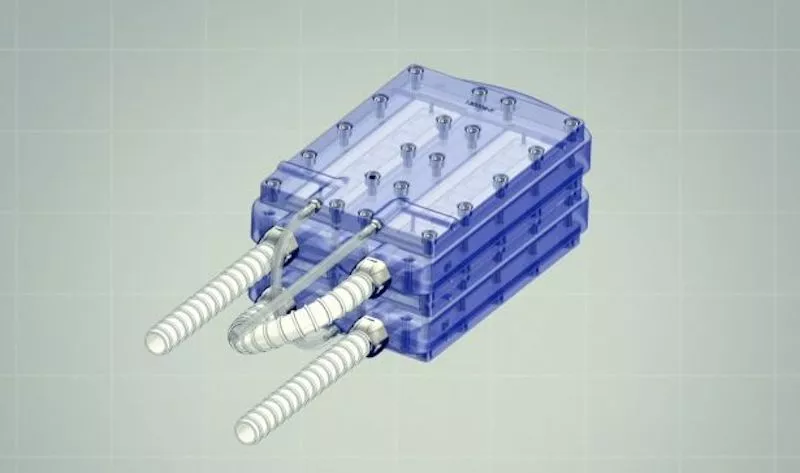Patients with kidney failure require dialysis regularly, which is an invasive and potentially risky treatment. But now researchers at the University of California San Francisco (UCSF) have successfully demonstrated a prototype bioartificial kidney that can be implanted and works without the need for drugs.
The kidney performs several vital functions in the body, most notably filtering toxins and waste products out of the blood, but also regulating blood pressure, electrolyte concentrations, and other bodily fluids.
So when these organs begin to fail, replicating these processes is complicated. Patients often start with dialysis, but this is time-consuming and not very comfortable. A longer term fix is a kidney transplant, which can restore a higher quality of life but comes with the risky side effect of requiring immune-suppressing drugs to prevent rejection.
For UCSF’s Kidney Project, the team developed a bioartificial kidney that could be implanted into a patient to perform the main functions of the real thing, but without requiring immune-suppressing drugs or blood thinners, which are also often required.
The device is made up of two main parts. The hemofilter is made up of silicon semiconductor membranes that remove waste products from blood. The bioreactor, meanwhile, contains engineered renal tubule cells, which regulate water volume, electrolyte balance, and other metabolic functions. The membranes also protect these cells from being attacked by the patient’s immune system.
Previous tests had gotten each of these parts working independently, but this is the first time the team has tested them working in tandem in one device.

The bioartificial kidney connects to two major arteries in the patient – one that transports blood to be filtered in, and one that transports filtered blood back into the body – as well as to the bladder, where the waste products are deposited as urine.
The team has now conducted proof of concept experiments, showing that the bioartificial kidney works under blood pressure alone, without the need for pumps or external power sources. The renal tubule cells survived and continued functioning throughout the test.
For their efforts, the UCSF researchers have now been awarded a US$650,000 prize from KidneyX, as one of the winners of the Phase 1 Artificial Kidney Prize.
“Our team engineered the artificial kidney to sustainably support a culture of human kidney cells without provoking an immune response,” says Shuvo Roy, lead researcher on the project. “Now that we have demonstrated the feasibility of combining the hemofilter and bioreactor, we can focus on upscaling the technology for more rigorous preclinical testing, and ultimately, clinical trials.”
The team describes the bioartificial kidney in the video below.
Source: UCSF




